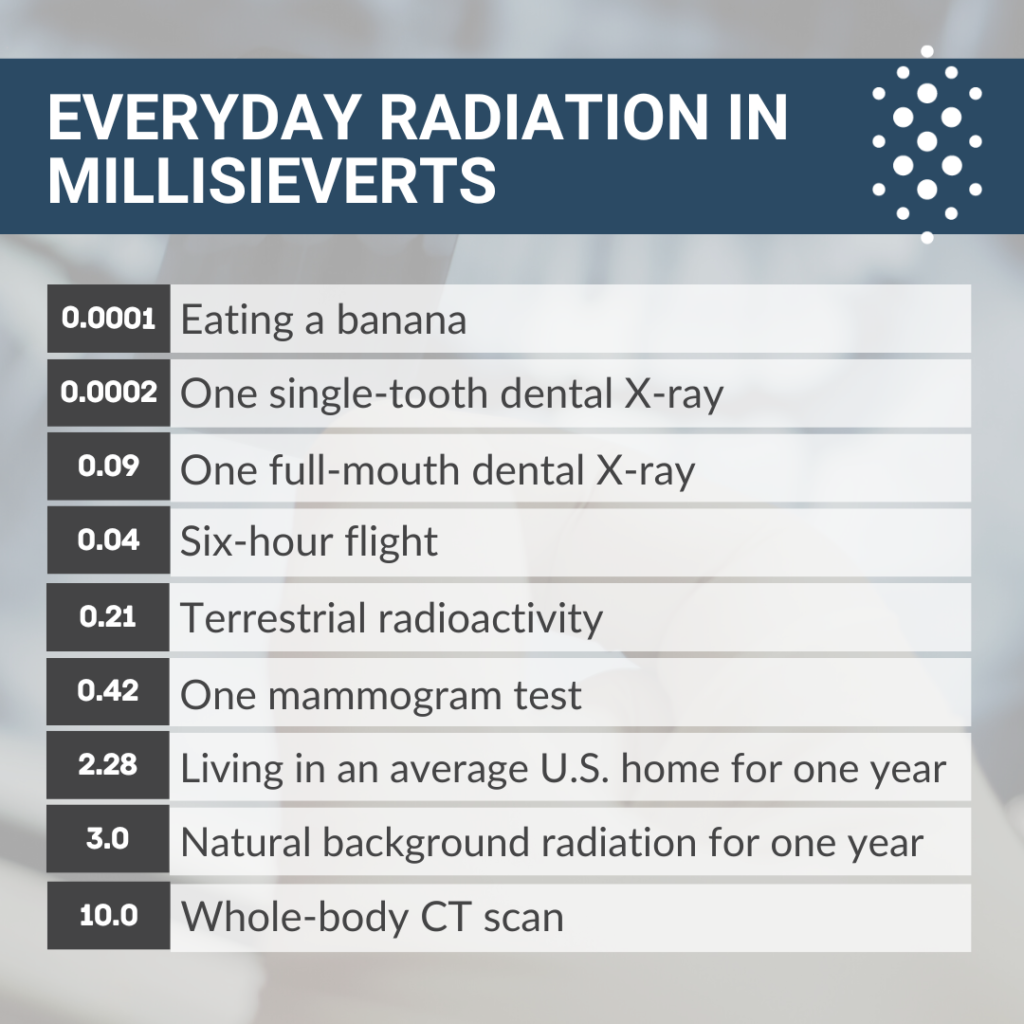Tunability in X-Rays: Controlling Energy for Precision Applications

Tunability in X-Rays: Controlling Energy for Precision Applications

X-ray technology has been a cornerstone of medical imaging and materials analysis for decades. However, traditional X-ray sources have limitations when it comes to energy control. The ability to tune X-ray energy is crucial for precision applications, such as imaging soft tissues, analyzing complex materials, and studying the properties of matter at the atomic level. In recent years, significant advancements have been made in X-ray technology, enabling the development of tunable X-ray sources. In this blog post, we will explore the concept of tunability in X-rays, its importance, and the latest developments in this field.
The Need for Tunability

Traditional X-ray sources, such as X-ray tubes, produce a broad spectrum of energies, which can be a limitation in certain applications. For instance, in medical imaging, high-energy X-rays can penetrate dense materials, but they may not provide sufficient contrast for soft tissues. On the other hand, low-energy X-rays may be absorbed by dense materials, resulting in inadequate penetration. Tunable X-ray sources can address this issue by providing a precise control over the energy spectrum, enabling the optimization of imaging conditions for specific applications.
Principles of Tunable X-Ray Sources

Tunable X-ray sources rely on advanced technologies, such as synchrotron radiation, free-electron lasers (FELs), and tabletop X-ray sources. These sources use various mechanisms to control the energy of the X-rays, including:
- Synchrotron radiation: Accelerated electrons emit X-rays as they pass through a magnetic field. The energy of the X-rays can be controlled by adjusting the electron beam energy and the magnetic field strength.
- Free-electron lasers (FELs): FELs use a high-energy electron beam to generate X-rays through a process called self-amplified spontaneous emission (SASE). The energy of the X-rays can be controlled by adjusting the electron beam energy and the undulator magnetic field.
- Tabletop X-ray sources: These sources use plasma-based or laser-driven mechanisms to generate X-rays. The energy of the X-rays can be controlled by adjusting the plasma or laser parameters.
Applications of Tunable X-Ray Sources

Tunable X-ray sources have a wide range of applications, including:
- Medical imaging: Tunable X-ray sources can provide high-contrast images of soft tissues, enabling the detection of early-stage diseases.
- Materials analysis: Tunable X-ray sources can be used to study the properties of complex materials, such as nanomaterials and biomaterials.
- Basic research: Tunable X-ray sources can be used to study the properties of matter at the atomic level, enabling breakthroughs in fields such as physics, chemistry, and biology.
Recent Developments and Future Directions

Recent advancements in tunable X-ray sources have been significant, with the development of new technologies and techniques. Some examples include:
- Compact X-ray sources: Researchers have developed compact X-ray sources that can be used in tabletop applications, enabling the widespread adoption of tunable X-ray technology.
- High-repetition-rate X-ray sources: New X-ray sources have been developed that can operate at high repetition rates, enabling the acquisition of high-speed data and the study of dynamic processes.
- Coherent X-ray sources: Researchers have developed coherent X-ray sources that can produce high-brightness X-rays, enabling the study of complex materials and biological systems.
🔍 Note: The development of tunable X-ray sources is an active area of research, with ongoing efforts to improve the performance and accessibility of these sources.
Conclusion

Tunability in X-rays has revolutionized the field of X-ray technology, enabling precision applications in medical imaging, materials analysis, and basic research. The latest developments in this field have been significant, with the development of compact, high-repetition-rate, and coherent X-ray sources. As research continues to advance, we can expect to see new breakthroughs and innovations in the field of tunable X-ray technology.
What is the main advantage of tunable X-ray sources?

+
The main advantage of tunable X-ray sources is the ability to control the energy of the X-rays, enabling the optimization of imaging conditions for specific applications.
What are some examples of tunable X-ray sources?

+
Examples of tunable X-ray sources include synchrotron radiation, free-electron lasers (FELs), and tabletop X-ray sources.
What are some potential applications of tunable X-ray sources?

+
Potential applications of tunable X-ray sources include medical imaging, materials analysis, and basic research.



